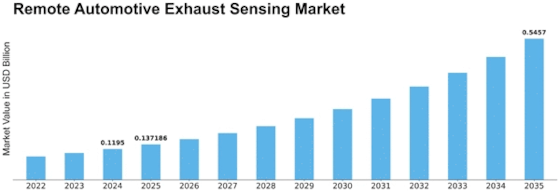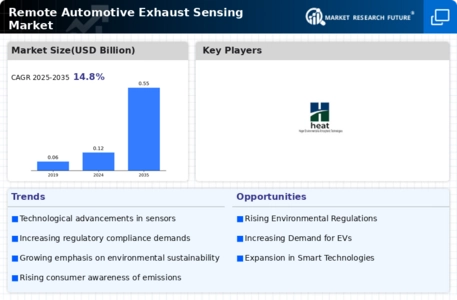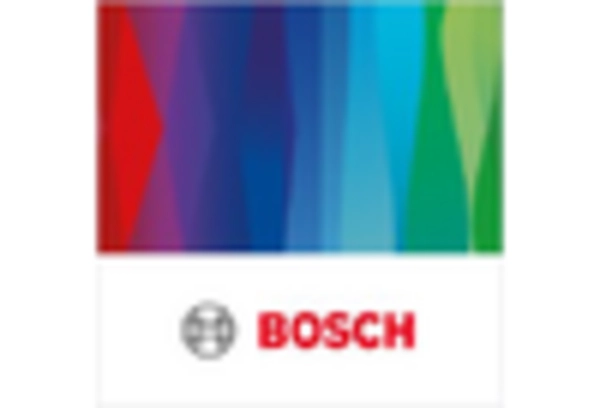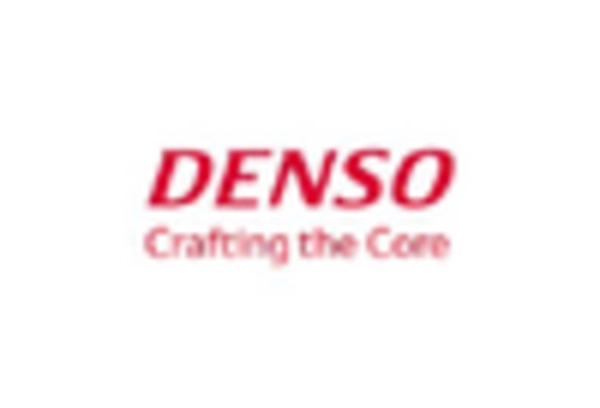Remote Automotive Exhaust Sensing Size
Remote Automotive Exhaust Sensing Market Growth Projections and Opportunities
The remote automotive exhaust sensing market is influenced by various market factors that play a crucial role in shaping its dynamics. One key determinant is the growing emphasis on environmental regulations and the increasing awareness of the impact of vehicle emissions on air quality. Governments and regulatory bodies worldwide are imposing stringent emission standards, driving the automotive industry to adopt advanced technologies for exhaust sensing. This has propelled the demand for remote automotive exhaust sensing systems that enable real-time monitoring and compliance with emission norms.
Another significant market factor is the rapid advancement in sensor technologies. As sensor capabilities improve, remote automotive exhaust sensing systems become more accurate and efficient in detecting and analyzing exhaust emissions. Advancements in sensor miniaturization and integration have also contributed to the development of compact and cost-effective sensing solutions, further driving market growth. The automotive industry's continuous quest for innovation and sustainability has led to a surge in research and development activities, fostering the evolution of cutting-edge sensing technologies.
The increasing adoption of electric and hybrid vehicles is reshaping the automotive landscape and impacting the remote automotive exhaust sensing market. While these alternative fuel vehicles contribute to reduced emissions, they also pose unique challenges for exhaust sensing. Manufacturers in the remote sensing market are adapting to this shift by developing sensor solutions tailored to the distinct characteristics of electric and hybrid vehicle emissions. The evolving automotive propulsion landscape, therefore, presents both opportunities and challenges for the remote automotive exhaust sensing market.
Market factors are also influenced by the globalization of the automotive industry. As automotive manufacturers expand their operations globally, the need for standardized and universally applicable exhaust sensing solutions becomes crucial. Remote sensing technologies that can adapt to different vehicle types, fuel compositions, and regulatory frameworks across various regions are in high demand. This trend is fostering collaborations and partnerships among market players to develop versatile and adaptable sensing systems that can cater to the diverse needs of the global automotive market.
The role of artificial intelligence (AI) and data analytics cannot be overlooked as influential market factors. Remote automotive exhaust sensing systems generate vast amounts of data, and leveraging AI and analytics enables real-time monitoring, predictive maintenance, and performance optimization. Integrating smart algorithms into sensing devices enhances their capabilities to provide actionable insights, contributing to the overall efficiency of the automotive ecosystem. The integration of AI not only enhances the functionality of exhaust sensing systems but also opens up new avenues for innovation and differentiation within the market.

















Leave a Comment